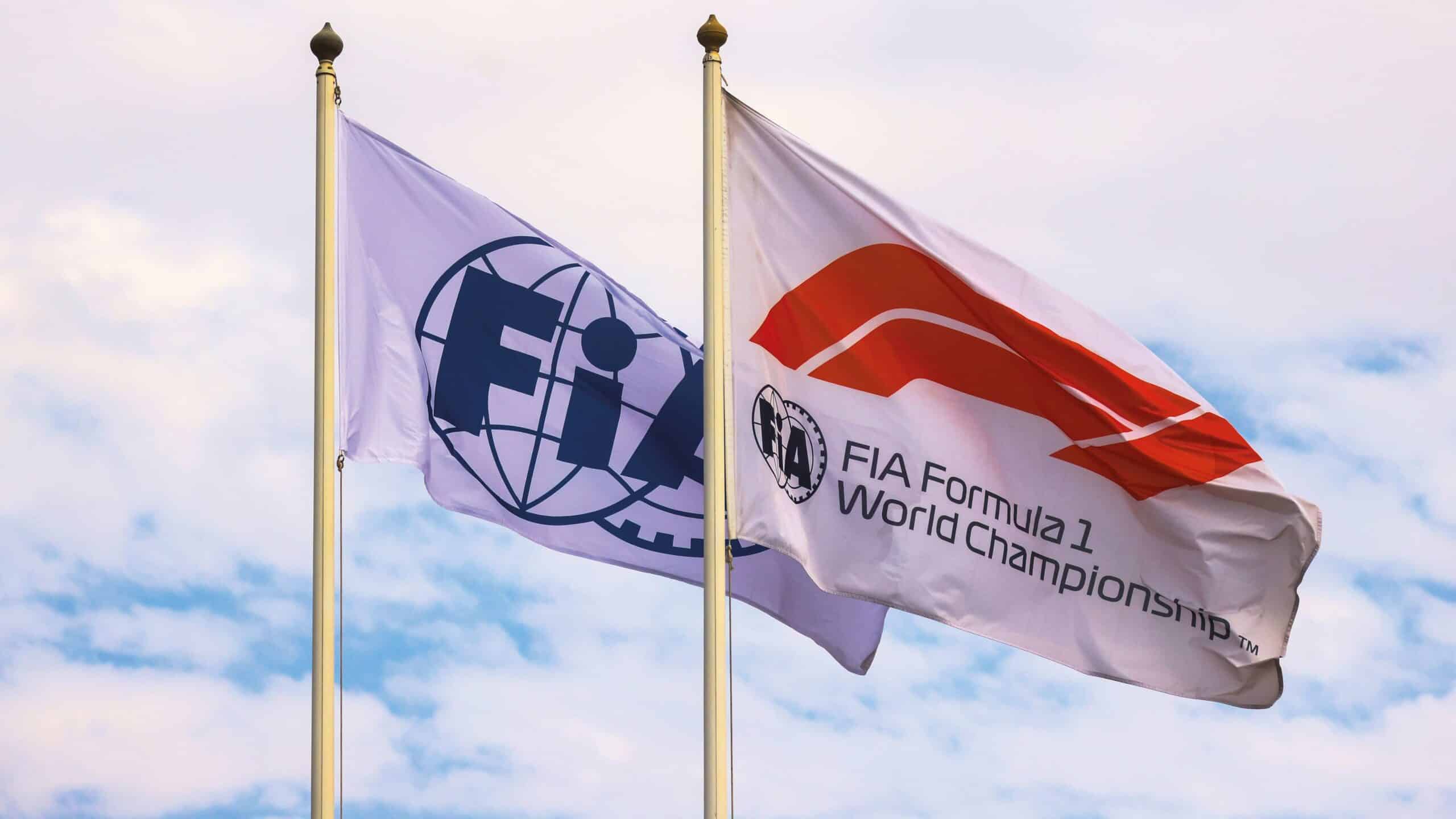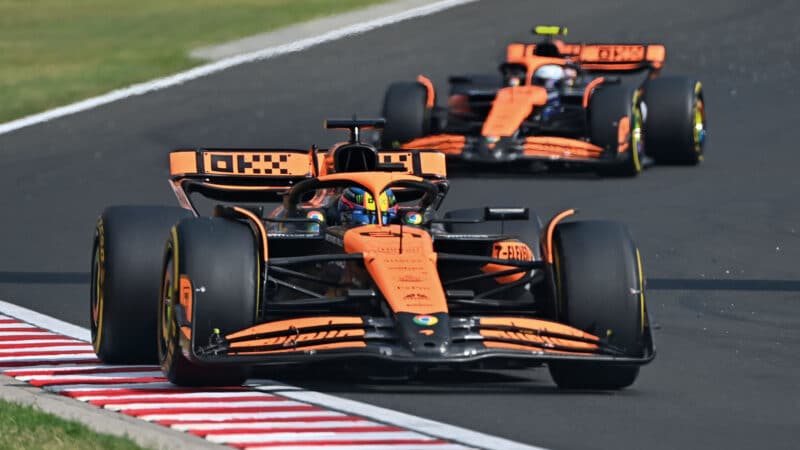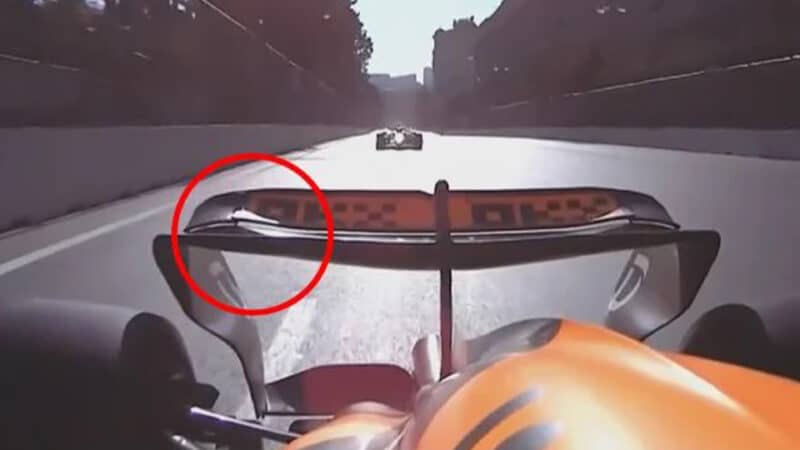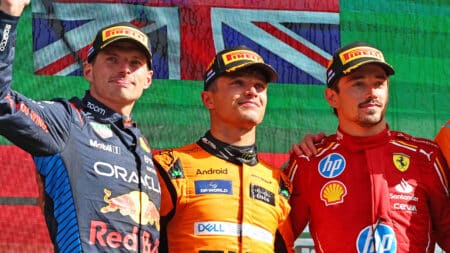The effect in Baku looks to have helped Piastri hold on to victory. Charles Leclerc spoke of how difficult it was to challenge the McLaren driver after Piastri took the lead. “They were actually very fast in the straights,” said Leclerc after the race. “I never really had the opportunity again to overtake.”
Speaking in Singapore, after the footage emerged, Leclerc added his thoughts on the rear wing: “From what I’ve been told, it’s controversial to say the least.”
What do the official F1 rules say?

Will the FIA step in to kerb McLaren’s straight-line advantage?
Getty Images
The FIA’s 2024 Formula 1 Technical Regulations state, in section 3.2.2: “All aerodynamic components or bodywork influencing the car’s aerodynamic performance must be rigidly secured and immobile. Furthermore, these components must produce a uniform, solid, hard, continuous, impervious surface under all circumstances.”
The only exceptions to this ruling include driver adjustable bodywork (such as DRS) and certain flexible seals.
But an acceptance of the forces in play when racing at speed is added further down the rulebook, where permitted tolerances are set out. They state that the rear wing flap may deflect no more than 7mm when a 500N force is applied and rear wing endplates may deflect no more than 10mm when a 50N point load is applied. As McLaren’s rear wing does not exceed either of these set measurements, it was deemed legal in previous races.
However, simply passing the tests doesn’t put any team in the clear: there’s more in the FIA’s armoury. As a result of various teams probing loopholes in this area, and the impossibility of replicating the exact loads that are found in races, the FIA has issued a series of technical directives to clarify its rules. One technical directive 34 (TD34), outlaws bodywork structures that are “altered by secondary parameters, so as to produce (whilst running at the track) a different deflection characteristic than when stationary during the FIA checks. Examples of secondary parameters could be temperature, aerodynamic load etc.”
Officials may have pointed out to McLaren that its wing appeared to be deforming differently on track compared to when tested in the pitlane. As such, it could have been ruled illegal if it is seen to do the same in future races.
Another area of the rules that may have tripped up McLaren are the specified gaps between both rear wing elements. This must be between 10mm and 15mm; by opening this gap when the wing flexed, the car may have been in breach.
F1’s long history of flexible wings

McLaren’s rear wing is legal — for now
Getty Images
The benefits of flexible aerodynamics are so great that teams are constantly looking for ways of legally reducing downforce on straights while maximising it in corners.





